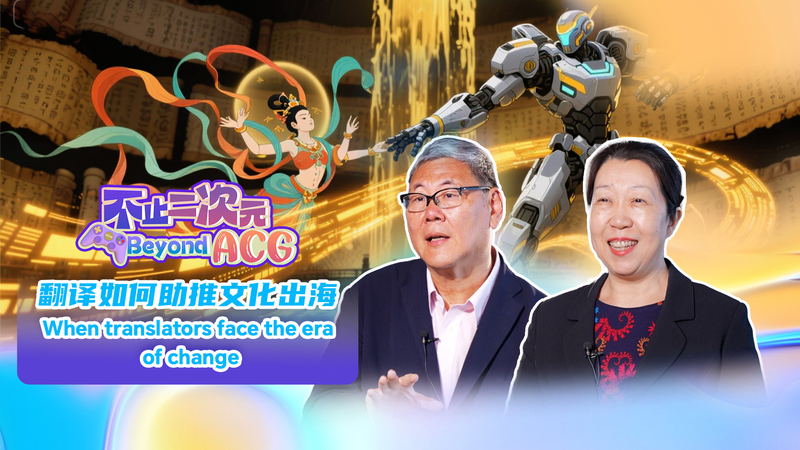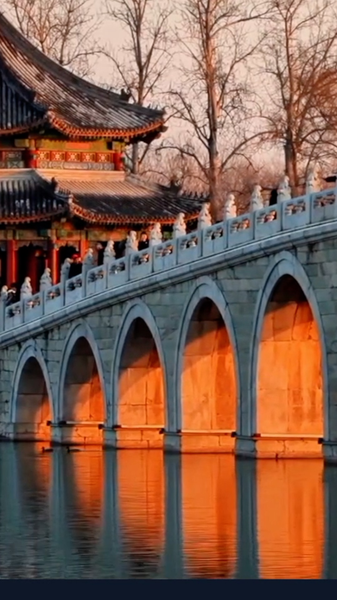Over the last few years, Chinese cultural products such as the AAA video game "Black Myth: Wukong" and the animated feature "Nezha 2" have captured audiences across Asia, Europe and the Americas. Their success highlights a growing appetite for stories rooted in Chinese myths and artistry — but it also exposes a central challenge: translating these works without losing their soul.
For translators like Wang Zhongyi, who has led localization projects for major video games, the task is more than swapping words. "Local audiences crave authenticity," Wang explains. "We need to retain cultural nuances — humor, idioms and folklore references — while making the narrative feel natural in another language."
Min Yi, standing director of the Translators Association of China, notes that demand for high-quality localization is surging. "Studios and publishers want to reach new markets faster, but machine translation alone can strip context and emotion from the original text," Min warns. "Translators must become cultural bridges, equipped with both linguistic skill and creative insight."
Embracing AI, Not Replacing It
With AI-powered tools on the rise, translators face fresh opportunities and tough questions. AI can accelerate draft translations and manage repetitive tasks, but experts agree that human oversight remains essential. Wang recommends a hybrid workflow: "Let AI handle baseline translation and glossary management, then focus your energy on rewriting, cultural adaptation and quality checks."
Min adds: "Continuous training is key. Translators should learn to curate AI outputs, refine machine glossaries and collaborate with cultural consultants. This new era demands a blend of tech fluency and creative problem-solving."
Looking Ahead
As Chinese cultural exports expand into film, literature, games and streaming series, skilled translators are the unsung heroes who help stories cross borders. By melding human ingenuity with AI efficiencies, they can unlock new audiences and ensure that China's creative wave resonates with fans worldwide.
For young global citizens, entrepreneurs and creative changemakers, the message is clear: in the age of AI, translation is not just about words — it is about connection.
Reference(s):
cgtn.com


